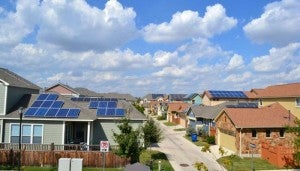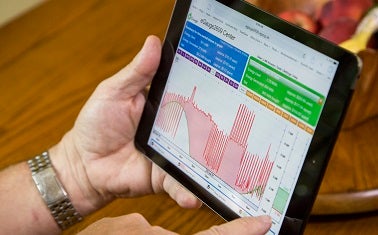 If you want a good example how bad government can kill good jobs and clean energy innovation, take a look at what’s happening in Nevada, where a decision by Governor Brian Sandoval’s appointees, pushed by NV Energy Inc., essentially killed the thriving local solar energy industry.
If you want a good example how bad government can kill good jobs and clean energy innovation, take a look at what’s happening in Nevada, where a decision by Governor Brian Sandoval’s appointees, pushed by NV Energy Inc., essentially killed the thriving local solar energy industry.
In December 2015, Gov. Sandoval’s Public Utilities Commission (PUCN) approved a new net metering rule for people with rooftop solar systems that significantly increases monthly fees they pay their utility and significantly decreases the value of unused energy they sell back to the grid. Under the new rule, rooftop solar owners do not receive payments for the benefits they provide the electric grid and it will simply take too long to recoup a solar investment so that, for most, solar will no longer be a smart financial move. Solar companies are already running for the border.
And if killing jobs wasn’t enough, PUCN’s new rule is retroactive, essentially pulling the economic rug out from under the 17,000 Nevadans who have already invested in solar systems based on existing rules. In some cases, people who have invested tens of thousands of dollars are immediately underwater; it may take them decades to see a financial return on their investment. That is, unless Nevada decides to grandfather all existing solar customers for 20 years (a vote by the PUCN is scheduled for tomorrow). Read More




